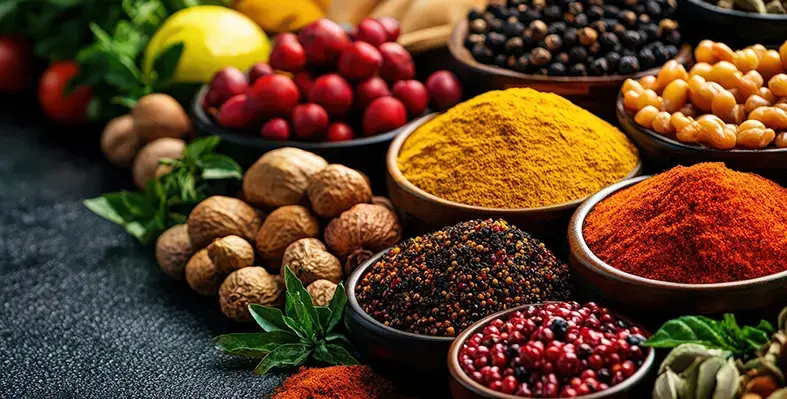
The initiative marks a significant step in strengthening the country’s agricultural value chain, with a strong focus on hands-on learning and long-term farmer support.
The Liberia Agriculture Commodity Regulatory Authority (LACRA) has introduced a new and intensive training programme for its inspectors, aiming to raise cocoa quality standards and boost Liberia’s position in the international cocoa market.
The initiative marks a significant step in strengthening the country’s agricultural value chain, with a strong focus on hands-on learning and long-term farmer support.
Dahn Sayee, Director General explained that the programme is designed to give inspectors the technical knowledge needed to distinguish between different cocoa qualities and to guide farmers and cooperatives towards producing cocoa that meets global expectations. “The training is intended to empower our inspectors, who will get involved with our extension programs, train farmers, and train cooperatives to be able to deliver quality cocoa both locally and internationally,” said, Sayee.
He further stressed the need for Liberia’s cocoa, coffee, palm oil, and other agricultural commodities to meet the requirements of international buyers. “We want to make sure that we impart quality knowledge to our staff so that they are able to provide quality training for farmers,” he said. According to him, LACRA’s role is deeply rooted in supporting farmers at every stage of production, adding, “Our work at LACRA is to empower farmers. This is where the empowerment starts--with staff who will engage with farmers in their villages and farms, through cooperatives, to understand the entire process of marketing cocoa--from harvesting, fermentation, and drying to getting the cocoa to the market.”
The training, which began on Monday, 17 November 2025, brings together more than 30 inspectors. Once trained, they will serve as master trainers, helping farmers and cooperatives nationwide adopt best practices in production, processing, and storage. The sessions placed heavy emphasis on practical fieldwork, such as assessing cocoa beans, inspecting farms, and evaluating warehouse standards to ensure consistent quality control.
“This training is mostly practical because we want our inspectors to be able to identify the different types of cocoa beans and learn how to conduct inspections on the warehouses,” said Godia Alpha Kortu Gongolee, LACRA’s Deputy Director for Operations. She highlighted that “Quality control begins on the farm,” emphasising the need for inspectors to ensure full compliance with production standards.
The programme also addressed common issues such as mould, which often results from poor harvesting and storage techniques and has previously affected exports to high-demand markets, including the European Union. Conducted in partnership with GROW-2, and supported by UNIDO and the Swedish Government, the training will conclude with an assessment to evaluate participants’ competencies.
Following similar training in October 2025, LACRA’s continued investment in inspector development demonstrates Liberia’s dedication to improving agricultural standards and expanding its footprint in global markets.











